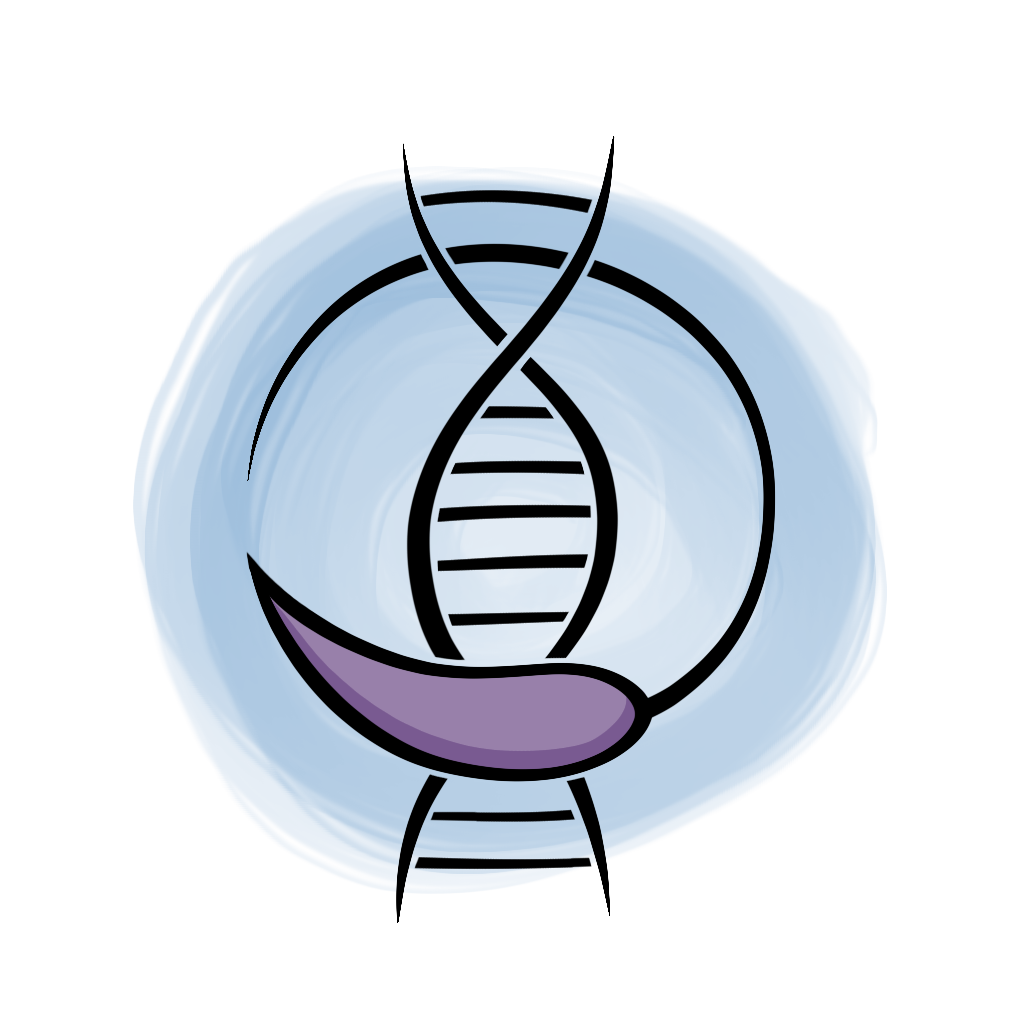Part:BBa_K3781105
weird_plex, MocloMania expression vector
This basic part codes for weird_plex, the heart and soul of our MocloMania collection. It is a plasmid that acts both as a L1 destination vector for Modular Cloning assembly of basic parts and as an expression vector for recombinant protein expression in Leishmania tarentolae.
level 1
size 7710 bp
antibiotic resistance ampicillin, bleomycin
cloning positions B2-B5
Data
The MocloMania collection
This plasmid backbone is an extention to the MocloMania collection, the very first collection of genetic parts specifically designed and optimized for Modular Cloning assembly and recombinant protein expression in the protozoan parasite Leishmania tarentolae.
Are you trying to express complexly glycosylated proteins? Large antibody side chains? Human proteins that require accurate post-translational modification? Then Leishmania might be just the right organism for you! Leishmania tarentolae’s glycosylation patterns resemble those of human cells more closely than any other microbial expression host, while still delivering all the benefits of microbial production systems like easy transfection and cultivation.[1] So instead of relying on mammalian cell lines, try considering Leishmania as your new expression host of choice!
Our MocloMania collection will allow you to easily modify your protein of choice and make it suitable for downstream detection and purification procedures - all thanks to the help of Modular Cloning. This cloning system was first established by Weber et al. in 2011 and relies on the ability of type IIS restriction enzymes to cut DNA outside of their recognition sequence, hereby generating four nucleotide overhangs.[2] Every basic part in our collection is equipped with a specified set of overhangs that assign it to its designated position within the reading frame. These so-called cloning positions are labelled B2-B5 from upstream to downstream. By filling all positions with the basic parts of your choice, you can easily generate variable genetic constructs that code for the fusion protein of your desire.
We furthermore provide a specifically domesticated Leishmania expression vector, named weird_plex, which will package your fusion construct into a functional transcriptional unit that is optimized for high expression in Leishmania.
The best part? Because of the type IIS restriction properties and the specifity of the generated overhangs, restriction and ligation of your construct can all happen simultaneously in a simple one-step, one-pot reaction. This will safe you a lot of time and frustration in your cloning endeavours!
Do we have your attention? In the table below you can find some basic information on how our cloning system, along with most other MoClo systems, is set up. Please feel free to also check out our wiki to find more information on Leishmania and Modular Cloning as well as to understand how the part that you are looking at integrates into our part collection. See you there!
| Level | What does this level contain? | antibiotic resistance | Enzyme used for ligation |
| L0 | The foundation to every MoClo construct which are basic genetic units, such as coding sequences, promoters, terminators | spectinomycin | BbsI |
| L1 | Several L0 parts assembled into a functional transcriptional unit, e.g. consisting of promoter, coding region and terminator | ampicillin | BsaI |
| L2 | Multiple transcriptional units added into one multi-gene construct, e.g. a protein of interest fused to a resistance cassette | kanamycin | BsaI |
Sequence and Features
- 10INCOMPATIBLE WITH RFC[10]Illegal EcoRI site found at 1689
Illegal EcoRI site found at 2487
Illegal XbaI site found at 2514
Illegal SpeI site found at 5191
Illegal PstI site found at 2526
Illegal PstI site found at 3508
Illegal PstI site found at 4831
Illegal PstI site found at 5822
Illegal PstI site found at 6579 - 12INCOMPATIBLE WITH RFC[12]Illegal EcoRI site found at 1689
Illegal EcoRI site found at 2487
Illegal NheI site found at 1008
Illegal SpeI site found at 5191
Illegal PstI site found at 2526
Illegal PstI site found at 3508
Illegal PstI site found at 4831
Illegal PstI site found at 5822
Illegal PstI site found at 6579
Illegal NotI site found at 2737 - 21INCOMPATIBLE WITH RFC[21]Illegal EcoRI site found at 1689
Illegal EcoRI site found at 2487
Illegal BglII site found at 2130
Illegal BamHI site found at 2508
Illegal BamHI site found at 4085 - 23INCOMPATIBLE WITH RFC[23]Illegal EcoRI site found at 1689
Illegal EcoRI site found at 2487
Illegal XbaI site found at 2514
Illegal SpeI site found at 5191
Illegal PstI site found at 2526
Illegal PstI site found at 3508
Illegal PstI site found at 4831
Illegal PstI site found at 5822
Illegal PstI site found at 6579 - 25INCOMPATIBLE WITH RFC[25]Illegal EcoRI site found at 1689
Illegal EcoRI site found at 2487
Illegal XbaI site found at 2514
Illegal SpeI site found at 5191
Illegal PstI site found at 2526
Illegal PstI site found at 3508
Illegal PstI site found at 4831
Illegal PstI site found at 5822
Illegal PstI site found at 6579
Illegal NgoMIV site found at 1675
Illegal NgoMIV site found at 4368
Illegal NgoMIV site found at 4429
Illegal NgoMIV site found at 5364
Illegal NgoMIV site found at 5598
Illegal NgoMIV site found at 5669
Illegal NgoMIV site found at 6734
Illegal AgeI site found at 5412 - 1000INCOMPATIBLE WITH RFC[1000]Illegal BsaI site found at 2726
Illegal BsaI.rc site found at 2142
Illegal SapI site found at 2090
Reference Literature
- ↑ Langer T, Corvey C, Kroll K, Boscheinen O, Wendrich T, Dittrich W. Expression and purification of the extracellular domains of human glycoprotein VI (GPVI) and the receptor for advanced glycation end products (RAGE) from Rattus norvegicus in Leishmania tarentolae. Prep Biochem Biotechnol. 2017 Nov 26;47(10):1008-1015. doi: 10.1080/10826068.2017.1365252. Epub 2017 Aug 31. PMID: 28857681.
- ↑ Weber E, Engler C, Gruetzner R, Werner S, Marillonnet S (2011) A Modular Cloning System for Standardized Assembly of Multigene Constructs. PLoS ONE 6(2): e16765. https://doi.org/10.1371/journal.pone.0016765
| None |

